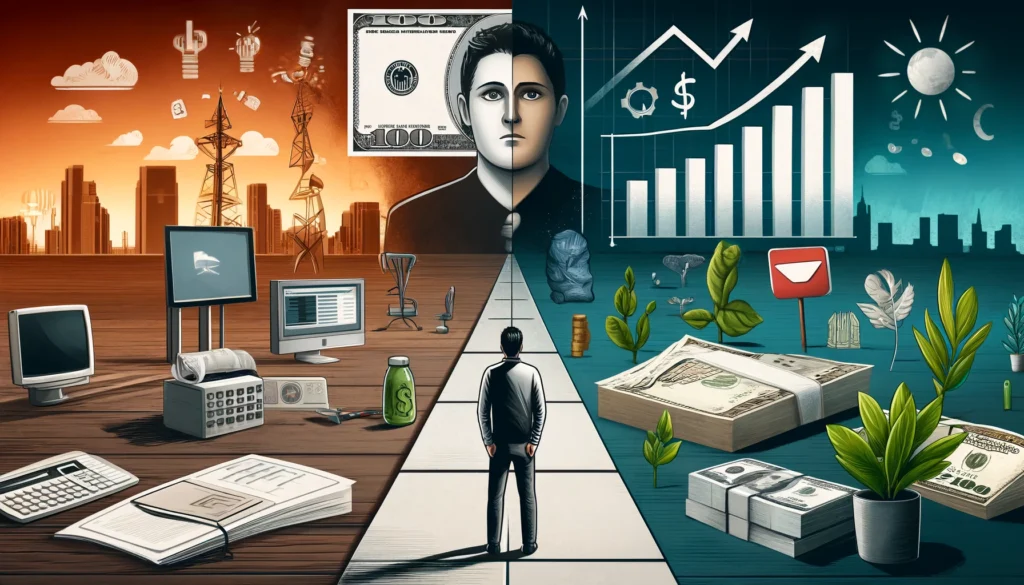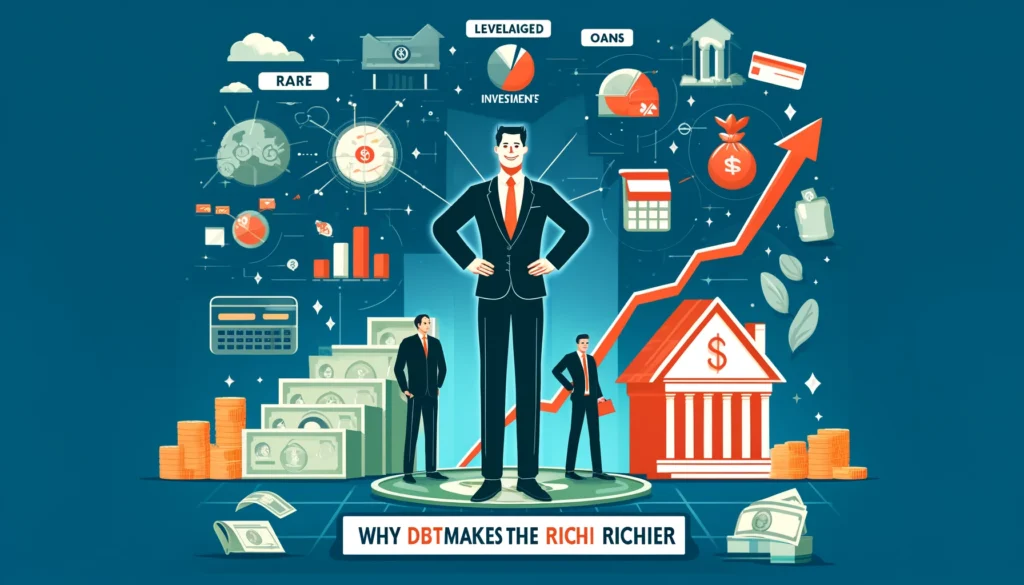Why the rich get richer and the poor are getting poorer
- The rules of money have changed from our parents’ generations – and their advice won’t work, either
- Understanding the new rules of money is the key to thriving in today’s world
- The CASHFLOW Quadrant breaks down the different methods of making money; and the right side is the right side
In today’s world, there are new rules of money. Think of all the changes that have happened in the world over the last 40 years. How could anyone think that the way to get ahead today is by doing things the same way their parents did them?
Robert Kiyosaki wrote about the new rules of money in his book Conspiracy of the Rich. Below are the 8 new rules that everyone needs to learn if they have any hope of thriving in today’s world:
- Rule #1 – Money is knowledge
- Rule #2 – Learn how to use debt
- Rule #3 – Learn how to control cash flow
- Rule #4 – Prepare for bad times and you will only know good times
- Rule #5 – The need for speed
- Rule #6 – Learn the language of money
- Rule #7 – Life is a team sport; choose your team carefully
- Rule #8 – Since money is becoming worth less and less, learn to print your own
Learning these new rules of money will help you navigate a drastically different world. Though you have a strong chance of becoming a successful entrepreneur, you can’t do it the old way. You can’t rely on your parents’ advice and rules.
Two categories of people
In order to thoroughly understand the new rules of money, you need to understand that there are two categories of people in the world, those who see the world through the left side of Rich Dad’s CASHFLOW Quadrant and those who see it through the right side.

The CASHFLOW Quadrant is divided into four types of people, each representing the four different ways to make money.
- Employee
- Small business/self-employment
- Big business
- Investing
Every person who generates income resides in at least one of the four sections (quadrants), and where you are is determined by where your cash comes from.
The left side of the CASHFLOW Quadrant
Many people are employees who rely on paychecks. Others might be self-employed. Employees and self-employed individuals reside on the left side of the CASHFLOW Quadrant. The right side is reserved for those individuals who receive their cash from businesses or investments they own.
The Es and Ss pay the most in taxes and trade their time for money. And each has a different mindset.
E is for employee
At the end of the day, the most important thing for employees is security. Robert’s poor dad was an employee his entire life and he craved nothing more than security. Ultimately, he couldn’t understand why Robert would want to be a business owner and investor. To him, there was nothing riskier than that.
Because employees shy away from risk, they don’t see the need to learn about money or how it works. For them, education is about learning the skills needed to get a steady, high-paying job with great benefits.
When employees need more money, they look for a higher-paying job.
S is for self-employed
People in the self-employed quadrant are not good employees and often have the attitude that no one can do it better than them. While they still like the idea of security, they have a larger tolerance for risk, and thus don’t mind working for themselves. In fact, they like it that way because they feel in control of their future.
People in the S quadrant are doctors, lawyers, dentists, accountants, and other service-based businesses and consultants. They have very high-standards for their work and because of this, they have a hard time delegating to others. Again, they don’t like to hire employees because nobody does it better than them. As a result, they only make money when they are working. This means they don’t own a business, they own a job.
When self-employed people need more money, they look for more hours they can bill.
The right side of the CASHFLOW Quadrant
On the right side of the quadrant are Bs and Is. While financial freedom can be found in all four of the quadrants, the skills of a B or I will help you reach your financial goals more quickly.
In the B quadrant, people are working for you; in the I quadrant, your money is working for you. They also pay the least in taxes and create or invest in assets that produce cash flow for them even when they’re sleeping.
B stands for Business Owner
Unlike those in the S Quadrant, business owners don’t own a job. They own a system or a product that makes money even when they aren’t working. Because they know they can’t be successful on their own, business owners look to hire people who specialize in skills needed for the business and hire those who have more talent and skill than them. They look to delegate as much as possible, not keep all the work for themselves. The best business owners know they could leave their company for a year and come back to find it still profitable and running better than they left it.
Business owners are often seen as risk takers, but from the perspective of a business owner, being an employee is riskiest because employees have no control. A business owner can make the decision to do layoffs or fire an employee, but no one can take the business away from the business owner. And when the economy takes a down-turn, the business owner has the most control to make the business work and survive.
When business owners need more money, they create a new product or create or acquire a new system that produces money.
I stands for Investor
Investors have the highest financial education of anyone in the CASHFLOW Quadrant. They are adept at finding assets that provide steady income in the form of cash flow and they often use other people’s money (OPM) to attain those assets. They then use income from those assets to acquire even more assets, growing their wealth through this velocity of money. They enjoy the most in tax breaks, don’t have to work at all if they desire, and don’t have to deal with managing employees. The richest people in the world are investors, and as a general principle 70% of their income comes from investments with the other 30% made up of wages.
When investors need more money, they look for an opportunity to acquire an asset that produces more passive income.
Regards,
Robert Kiyosaki
Contributor, Freedom Financial News




